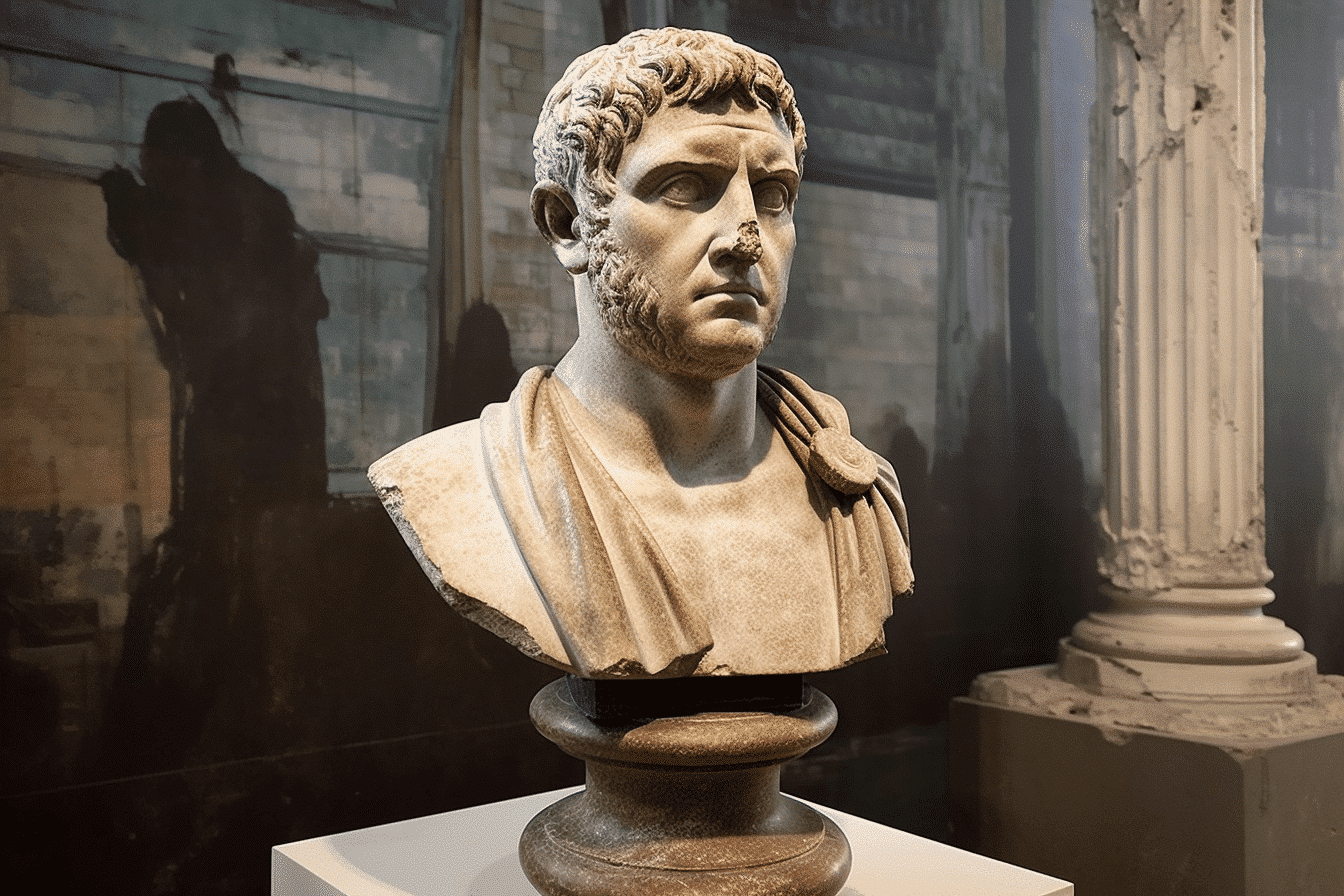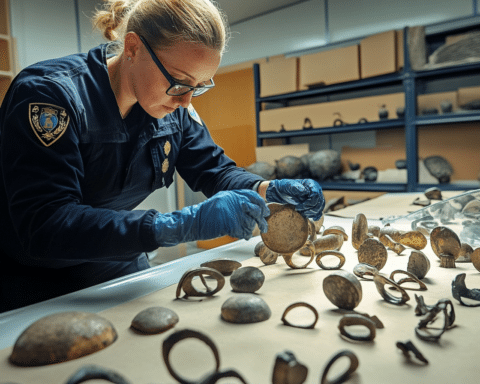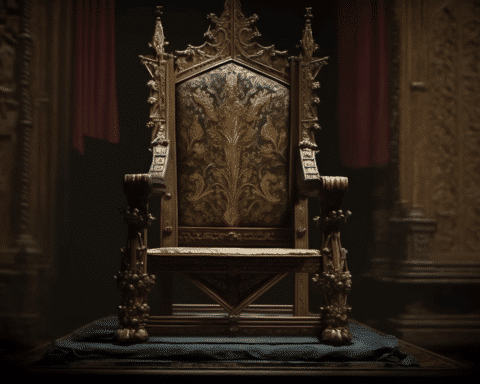Traversing from Germany during the World War II era to the aisles of a Goodwill store in Texas, a Roman bust dating back 2,000 years is now set to return to its homeland.
In 2018, Laura Young acquired this bust from a Goodwill outlet in Austin, Texas, for a mere $34.99, completely oblivious to its historical significance. “I was simply on the lookout for intriguing items,” Young stated during an interview with CNN last year.
For the past year, the ancient artifact has been loaned out from Munich’s Glyptothek to the San Antonio Museum of Art (SAMA), with plans for its return to Germany scheduled for next month.
Expressing mixed emotions, Young said to CNN on Thursday, “It’s truly been bittersweet. I’m somewhat in denial, but I plan on visiting it when it’s back in Germany.”
In an attempt to trace the origins of the bust last year, Young consulted with Sotheby’s, who affirmed the bust’s approximate age to be around 2,000 years.
While the exact identity of the figure depicted in the bust remains uncertain, scholars at SAMA believe it resembles Sextus Pompey, a prominent Roman military leader. “Myself and a few other scholars have suggested Sextus Pompey as a possibility, based on similarities with portraits of his father, Pompey the Great, and a coin displayed on the exhibition label at SAMA, which portrays Sextus,” said Lynley McAlpine, a postdoctoral curatorial fellow at SAMA.
Originally, the bust was located in a reconstruction of a Pompeii house, the Pompejanum, and was relocated to a storage facility just before the edifice was demolished during wartime.
It is theorized that a US soldier purloined the bust and brought it to the United States around the 1950s. This is how it eventually found its way into the thrift store and Young’s possession.
The 52-pound marble bust has been admired by thousands of SAMA visitors over the past year, including esteemed guests such as the Archduke Carl Christian of Austria and San Antonio Mayor Ron Nirenberg.
May 21 is slated to be the last day of the bust’s exhibit at the museum, after which it will be transported back to Germany.
According to SAMA, the bust will be reunited with two other Roman sculptures from the museum, marking the first time they’ll be together in years.
An emissary from Glyptothek will supervise packing these precious artifacts and ensure their safe return to their original home.
This extraordinary journey of the ancient Roman bust, from a replica Pompeii home to a thrift store shelf in Texas and now back to its original home, speaks volumes about the cultural significance of these ancient artifacts. It also sheds light on the remarkable stories behind seemingly ordinary items found in thrift stores and the profound historical connections they may hold. This piece of history is set for its homecoming, promising a reunion of artifacts that symbolizes their enduring legacy and historical value.




